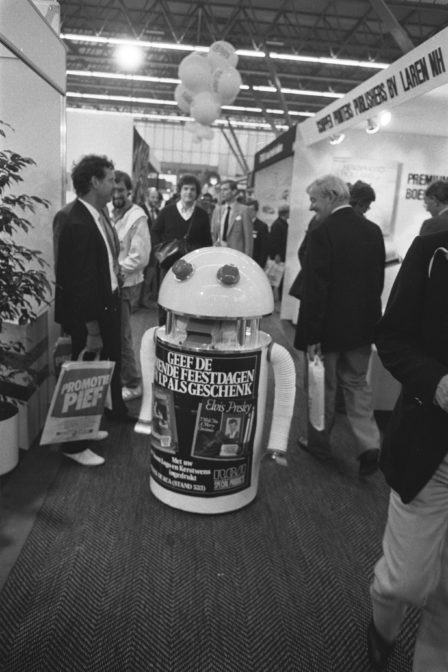For years, we’ve heard about arm chair genealogists; researchers who do their family trees from home without going to repositories. The suggestion that this can’t be a good researcher is no longer valid, considering the wide variety of sources that are available online.
New is the robot genealogist, a computer program that analyzes sources and draws its own conclusions. The hints that genealogy programs and websites give about possibly relevant sources can be seen as a first incarnation of this. Such a program compares information from the tree to the available records. If a record seems to be about the same person, it is shown as a hint for the genealogist to evaluate—the human makes the final decision. Whether that genealogists really analyzes the suggested sources or accepts the hints without a second thought depends on the person. A later researcher might see the tree created this way and may not realize that the underlying research is unreliable before they copy the information. Errors introduced by automatic hints can spread rapidly.
The next step is that the program will compile whole trees based on the sources, without human intervention. If there is enough overlap between information about people in different records, the program will assume it’s the same person and will aggregate the data. Somebody who appears as a child in one record and as a parent in another record is used to link the generations.
Scientists and innovative enterpreneurs are experimenting with these automatic trees. The first results are positive: the generated trees are most often correct. It does raise questions. What is the impact of a mistake? Do computers make more or different mistakes than humans? Is it the goal of genealogy to find as many ancestors as possible, or is doing the research a goal in its own right? Every researcher shall have to find their own answers to these questions.
Personally, I would like to use such technology to trace common ancestors of the people whom I share DNA with. Many of these matches have no tree or an imcomplete tree because their main interest is in the ethnicity, not family history. If I could use a program to quickly generate trees for them, that can help me to find the most recent common ancestor who contributed their DNA to us. If such an ancestor is found, I can verify the generated tree. Because copying trees without verification leads to unreliable results, no matter if the creator is a human genealogist or a robot genealogist.

Credits: Rob C. Kroes, collection Nationaal Archief (CC-0)

